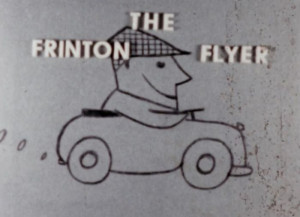
‘A frantic, speeded-up journey in a red Vauxhall Victor F-type, registration B90 F. The unidentified gentleman driver, presumably the filmmaker, hurries from the main Post Office in the High Street at Clacton-on-Sea, jumps in the car and heads north into Holland Road, through Holland-on-Sea to the Frinton Road, onwards to Kirby Cross and eventually to Glebe Way in Frinton-on-Sea, Essex. On reaching his destination, he parks in the drive and hurries indoors.
Vauxhall produced over 390,000 Victor cars between 1957 and 1976. It was a popular family-sized four-door saloon which became a huge success for the company with exports to all corners of the globe. The first version, branded the F series, offered an American-style curved windscreen and rear window, with additional ‘imported’ features, including the chromed front bumper design and sloping windscreen pillars. The exhaust pipe was concealed in the rear bumper detailing, visible below the offside lamp cluster towards the end of the film. The driving sequence of the film is shot at a slow frame rate, perhaps 6 or 8 frames-per-second, so that when projected at 24 frames-per-second the action is speeded up’ (BFI Player).
"Scenes from Croston village pageant, Saturday May 26th, 1951 - adults and children are seen in medieval dress, acting out scenes from the area's history. A number of 'Coffee Day' parades from 1937 to 1970 are shown, with Church groups and floats passing through the streets. The film ends with a man and two women in the garden of a house in Steyning, West Sussex." (NWFA Online Archive)
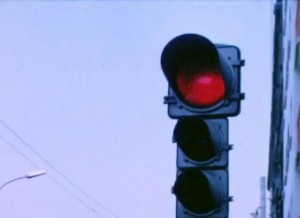
Filme experimental en el que sobre una imagen fija de un semáforo, el sonido es el principal protagonista.
Experimental film in which sound is the main protagonist over a fix image of a traffic light.
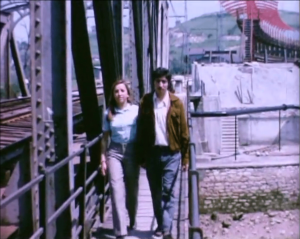
Un joven evoca su pasado en el que pierde a su esposa en un accidente de automóvil. Lleno de dudas, decide reunirse con ella.
A young man remembers the loss of his wife due to a car accident. Filled with doubt, he decides to reunite with her.
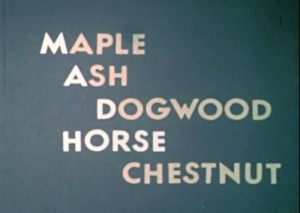
"This color film, released in partnership with the International Film Bureau Inc., presents the identifying features of trees as they change through the seasons. The bud and leaf scars of the deciduous broad-leaved trees are examined, as well as the distinguishing features of their bark. The cones and needles of the narrow-leaved evergreens are also described and compared. Extensive time-lapse photography shows the emergence of new leaves and flowers as spring arrives. Size, shape, and the arrangement of the buds and leaves on the twig are presented as ways of distinguishing and identifying trees, " via SUNY College of Environmental Science and Foresty.
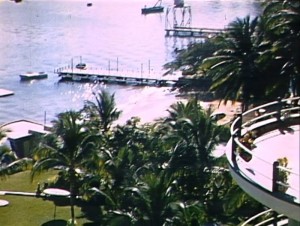
"General scenes around Acapulco; Bay, ships, beach, poolside, city scenes, landscape, cliff diving, traditional dance and crafts." UC San Diego Library.
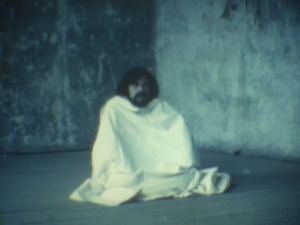
"Two Visual Arts students of the San Carlos Academy find themselves embroiled in contradictions, spiritual inclinations and concerns about the political and social conditions of Mexico, which puts them in a quandary about what stance to take in the Student Movement of 1968." Ambulante.
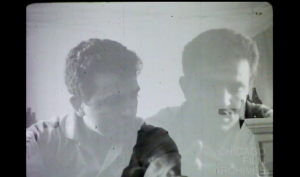
"Columbia College student film about a young man receiving and responding to his Vietnam draft card." Chicago Film Archives
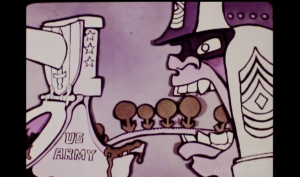
"University of Illinois Chicago (UICC) animated student film about being drafted to the Vietnam War." Chicago Film Archives
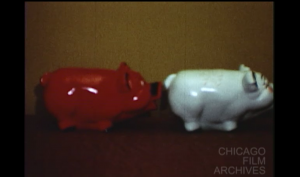
"A stop-animation film set to the song “Close to You” by The Carpenters. It was made by a Chicago high school student as a hobby back in 1971. It went onto win an award from the “Young Chicago Filmmakers Festival” that same year." Chicago Film Archives
Total Pages: 299